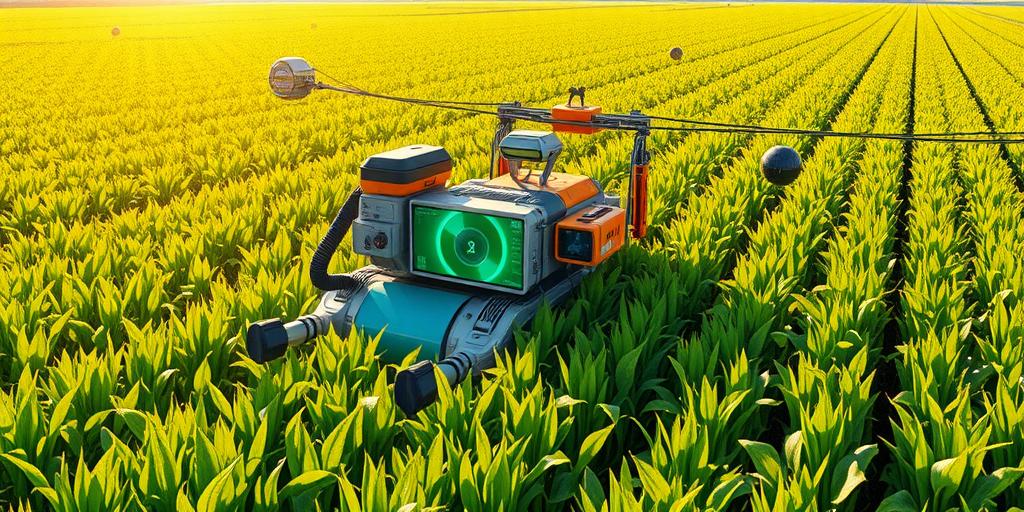Can Data Science Solve World Hunger? It’s a question that sparks debate and ignites the imaginations of those seeking innovative solutions to one of humanity’s oldest challenges. The sheer scale of the problem – millions facing chronic food insecurity – seems insurmountable, yet the power of data-driven insights might just offer a lifeline. This article delves into the complex relationship between data science and world hunger, exploring how advanced technologies are being used to address this critical issue and the limitations of this approach. Prepare to be amazed by the potential and surprised by the unexpected challenges.
Harnessing Data for Hunger Relief: Innovative Applications
Data science offers a revolutionary toolkit for combatting world hunger. By analyzing vast datasets, we can identify previously unseen patterns and make more informed decisions about resource allocation, improving agricultural practices, and targeting food assistance. For example, predictive analytics can forecast crop yields and potential shortages, allowing proactive interventions to prevent widespread famine. Imagine knowing months in advance where food shortages are likely to occur – this level of insight is transformative.
Precision Agriculture: Optimizing Resource Use
Precision agriculture, powered by data science, helps farmers optimize resource use, maximizing yields while minimizing waste. Sensors, drones, and satellite imagery gather real-time data on soil conditions, weather patterns, and crop health. This data is then analyzed using machine learning algorithms to provide actionable recommendations, improving irrigation, fertilization, and pest control. The result? Increased food production with reduced environmental impact. It’s a win-win, combating hunger while protecting our planet.
Supply Chain Optimization: Reducing Food Loss and Waste
A significant portion of food produced globally is lost or wasted during transportation and storage. Data science can significantly reduce this waste by optimizing supply chains. Real-time tracking of food shipments, coupled with predictive modeling, can help identify bottlenecks and inefficiencies, ensuring food reaches its destination in optimal condition. This includes everything from managing temperature-sensitive products to preventing spoilage due to delays. Every bit of food saved represents a significant step towards a world without hunger.
Targeting Food Assistance: Reaching Those Who Need It Most
Data science can improve the effectiveness of food assistance programs. By analyzing demographic, economic, and geographic data, we can identify the most vulnerable populations and ensure aid reaches those who need it most. This involves sophisticated modeling that accounts for factors such as poverty levels, access to infrastructure, and the prevalence of malnutrition. This targeted approach maximizes impact, ensuring aid goes to where it is most desperately needed.
The Limitations of Data Science in Combating World Hunger
While data science holds incredible promise, it’s crucial to acknowledge its limitations in addressing world hunger. Data is only as good as its source, and data collection in many parts of the world faces significant challenges. Lack of infrastructure, limited access to technology, and data biases can skew analyses and hinder accurate predictions. Furthermore, the problem of hunger involves complex socio-political factors that are not easily quantified or modeled.
Data Scarcity and Bias: The Challenges of Data Collection
Reliable data collection is crucial for accurate analysis and effective interventions. However, in many regions suffering from food insecurity, data collection infrastructure is underdeveloped or absent. This lack of data creates significant limitations in applying data-driven solutions effectively. Existing data may also be biased, reflecting systemic inequalities that must be addressed.
The Socio-Political Context: Addressing the Root Causes of Hunger
Data science can provide insights into the technical aspects of hunger, but it can’t fully address the socio-political issues that drive it. Poverty, conflict, political instability, and inequality are major contributors to food insecurity. Addressing these root causes requires more than just data; it demands social, economic, and political solutions. Data science can provide crucial support, but it is not a panacea.
Ethical Considerations: Ensuring Equity and Transparency
The use of data in combating hunger raises important ethical considerations. Ensuring data privacy, security, and equitable access to technology are vital. Transparency in data collection and use is essential to build trust and avoid unintended consequences. Decisions driven by algorithms must be reviewed to avoid perpetuating existing inequalities.
The Future of Data Science and Hunger Relief
Despite its limitations, data science will undoubtedly play an increasingly vital role in alleviating world hunger. As data collection improves and new technologies emerge, the potential for impactful interventions will only grow. Combining advanced analytics with collaborative efforts, social programs, and policy changes offers the best path towards a more food-secure world. The future is bright, but it requires continued innovation, collaboration, and a commitment to making the most of the data available. This journey towards a hunger-free future depends on it.
Call to action: Ready to be part of the solution? Learn how you can support organizations using data science to fight hunger. Let’s work together towards a future free from food insecurity!




